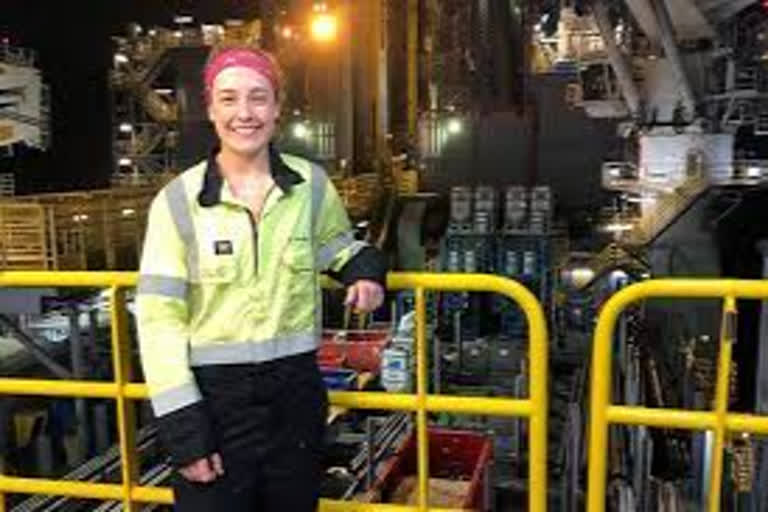Houston:Women make up 22 per cent of the workforce in the oil and gas industry, unchanged since 2017, despite strong evidence that more diverse and inclusive workforces drive profit and innovation in the sector, according to a study.
However, the number of Diversity and Inclusion policies and initiatives adopted by companies in the sector increased by around 50 per cent over the same period, confirming that the industry remains committed to achieving gender parity and improving diversity.
These were the findings of the joint research conducted by the World Petroleum Council (WPC) and Boston Consulting Group (BCG). It is the second report of a series tracking diversity and inclusion in the oil and gas sector. The study, titled “Untapped Reserves 2.0: Driving Gender Balance in Oil and Gas”, is being released at the 23rd World Petroleum Congress taking place in Houston.
The report found that female representation is lowest in oilfield services with only four per cent women, and 15 per cent women in upstream exploration. Corporate functions are closest to reaching parity, with 43 per cent female representation.
Most women are to be found in business and administrative roles. However, while there are 39 per cent at entry level it dramatically drops to only 13 per cent for senior level positions.
Also Read:Women's job satisfaction, mental wellbeing severely impacted by pandemic: Report
On the bright side, the survey found that there is increasing agreement between female and male professionals that gender diversity is a challenge for the industry.
“Too many companies are still failing to turn their diversity commitments into action. The accelerating energy transition will require oil and gas companies to innovate at an unprecedented pace and that will require diversity and talent,” said Ulrike von Lonski, WPC Chief Operating Officer, and co-author of the study.
“As the war for talent and drive for diversity is getting hotter, oil and gas companies need to act now or risk being left behind. The business case is clear: diversity drives better business results through increased innovation and better profits,” added Andrea Ostby, a BCG managing director and partner, and co-author of the study.
Oil and gas companies' diversity and inclusion initiatives have improved significantly over the period. All the companies included in the study offer maternity leave, compared to 90 per cent in 2017, and more than 95 per cent support equal pay and offer paternity leave, up from 67 per cent and 56 per cent, respectively, in 2017.
